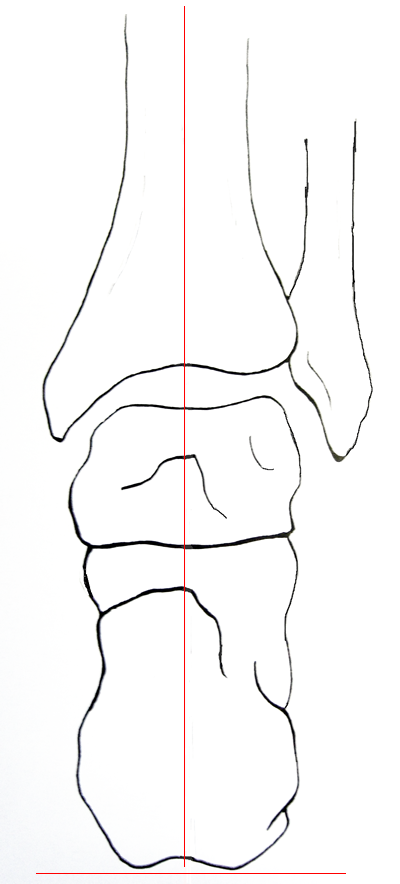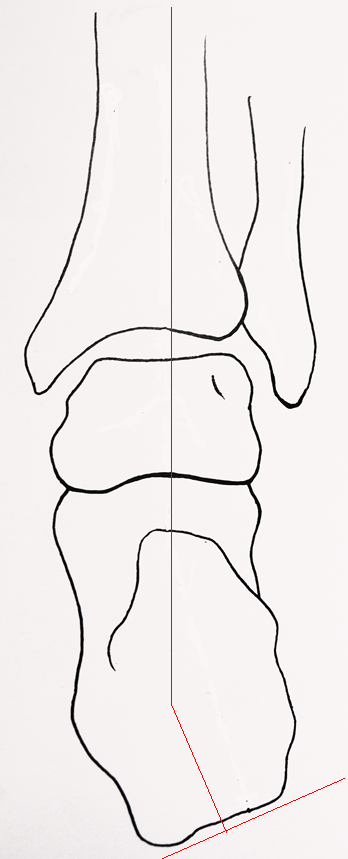What is alignment?
The skeleton is a stacked set of bones that is held in place and moved by muscles, ligaments, and other soft tissue. In general, the more that the skeleton is structurally aligned, the easier it is to balance and resist the forces involved in skiing and the less that the muscles, etc. work to perform and maintain balance.
Just as a building that has a leaning or irregularly stacked structure is weaker. A body that has a structure which leans, or is irregularly stacked, makes it harder to balance and resist the forces of skiing. In this case, muscles, ligaments, and other tissues have to work harder to assure performance and maintain balance. Further, a misaligned structure is more prone to injury and over time, can contribute to injury.
Optimal alignment for skiing consists of a strongly stacked skeleton with functional joint movements for skiing. Optimal performance is supported by equipment that is consistent with good alignment and does not unduly limit the movements that are necessary for skiing. The results of good alignment are ease of balance, more powerful performance, and the ability to produce consistent and accurate movements.
Not everyone is born with good skiing alignment. Individuals vary in their anatomy. Some of us are short, some are tall. Some have straight strong feet, ankles, and legs and some of us do not. For the most part, we don’t have a say about the anatomy we are given and many of us are simply not born with the perfect set-up for skiing.


Aligned versus mal-aligned heel anatomy